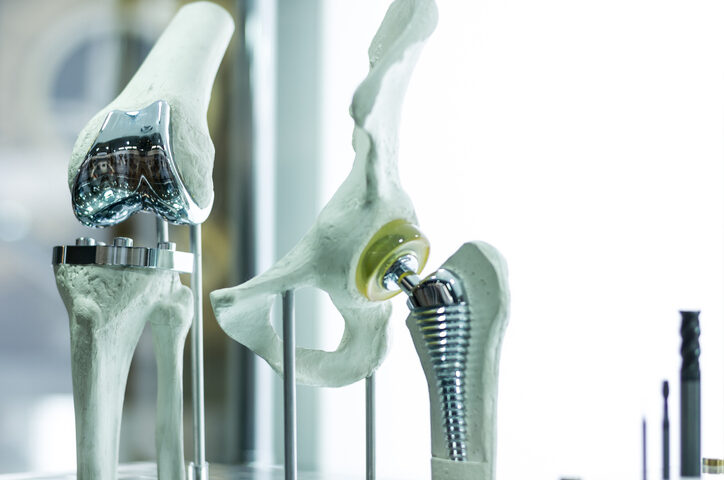Progress in injection molding technology allows for intricate parts production with increased accuracy and precision. Overmolding plays a key role in creating sophisticated final molded component designs for medical devices, enabling expanded functionality and aesthetic improvements that cannot be easily accomplished through traditional injection molding.
Understanding Medical Overmolding
Medical overmolding is a two-step injection molding process where two or more components are molded together, one on top of the other, to produce the final product, often called two-shot injection molding. A common use for overmolding is to use two different materials to add texture or a soft touch to handles or other surfaces. While it is used for this purpose, its benefits to the medical device industry are far more substantial. It provides both aesthetic and functional properties to a product.
Aesthetically, it allows for dual-color use, providing unique branding opportunities. Overmolding can help your product stand out in a competitive market. Nurses, surgeons, technicians, and others using the equipment can easily recognize brands by color and logo.
Functionally, overmolding provides many opportunities to improve medical products. When using a single resin, one is restricted to its properties. However, using multiple materials may provide additional attributes, such as enhancing the ergonomics of surgical tools and providing shock absorption, impact resistance, watertight seals for medical instrument casings like AEDs, noise and vibration dampening, and chemical resistance and non-slip grips for syringes.
The overmolding process can occur within the same mold with components molded atop one another, or it can be executed as transfer molding, wherein one component is molded and then moved to another mold to finalize the part.
Choosing an Overmolding Resin
Material compatibility is an essential factor to consider when choosing an overmolding resin. The materials must bond together effectively. Compatible materials share similar chemistry or contain compatible blended components. Widely different melting points between the materials can create issues with bonding. If bonding isn’t fully achieved, the design and mold process become more complex as undercuts and indents are required to connect the overmold and substrate. In addition to material compatibility, other performance factors may be necessary for the product that may drive the choice for overmolding resin. Some of the factors may include:
- Medical specifications and regulations
- Sterilization
- Chemical resistance (e.g., cleaning and others)
- Impact resistance
- Abrasion resistance
- Material hardness (e.g., soft-touch)
When Should Overmolding Be Used?
When deciding if overmolding is suitable for your product, the unique requirements of the process should be considered. Overmolding is ideal for products that require large production runs because of the costs of the complex tooling. If you have a large volume requiring colorful or multi-layered designs, overmolding can be the ideal solution.
Benefits of Medical Overmolding
Overmolding provides numerous advantages that enhance product quality and manufacturing efficiency. Its popularity in the medical devices field stems from its many benefits, including:
- minimizing assembly requirements and post-mold joining by merging parts in a singular process, reducing costs, lead times, and labor demands;
- allowing intricate geometries, textures, and a variety of colors and materials;
- providing improved reliability of molded components (e.g., vibration protection) because of the added protection;
- Boosting component strength and stability;
- enhancing user safety when used to improve ergonomics on handles or part safety, e.g., using overmolding as an o-ring for water resistance;
- eliminating the need for metal fasteners and connectors and replacing a wholly metal product, reducing product size and weight;
- providing greater design flexibility as it can deal with complex geometries and multiple material types; and
- offering aesthetic versatility through different textures, colors, and materials.
Find Out if Overmolding Will Work For You
If you are unsure if overmolding molding is the best choice for your medical product, ask us. With a specialization in medical product design and injection molding, we have the expertise to help you optimize your design for overmolding or provide guidance on the best way to make your medical product. Contact our engineering team to learn more and get started.

